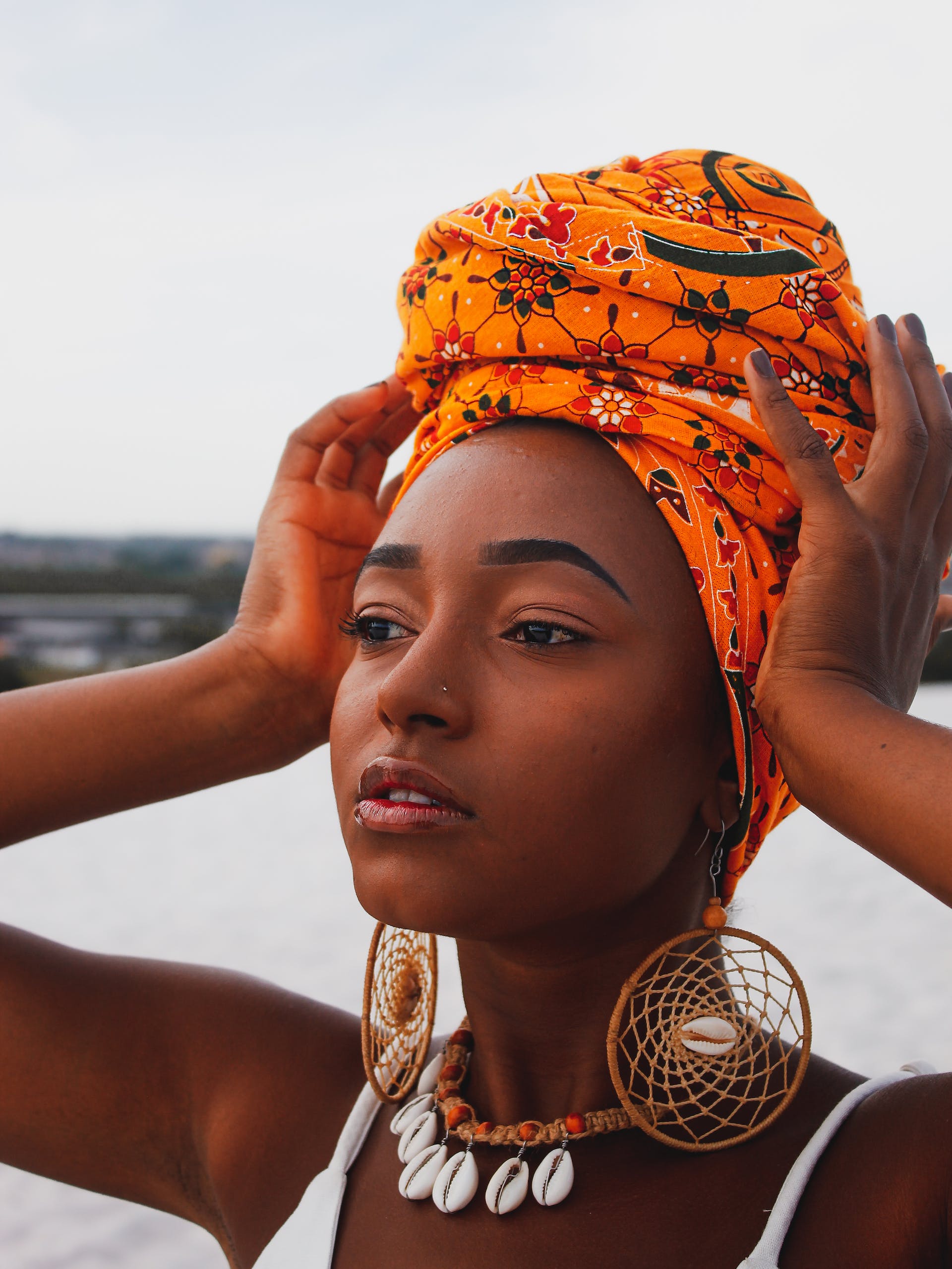Head wraps, known for their vibrant colors, intricate patterns, and cultural significance, have long been a staple in African American fashion and identity. From their origins in Africa to their evolution into a symbol of pride, resilience, and style, head wraps hold a deep and fascinating history that continues to resonate with African Americans today. In this blog post, we'll explore the roots of head wraps and their journey through time to become a cherished tradition in African American culture.
African Origins:
The tradition of wearing head wraps can be traced back thousands of years to various regions of Africa. In many African societies, head wraps were not only a form of adornment but also held cultural, religious, and practical significance. They were worn by both men and women and varied in style, fabric, and design depending on the specific cultural practices and beliefs of each community.
Symbolism and Identity:
In African culture, head wraps were often used to convey messages about social status, marital status, age, and even religious affiliation. Different wrapping styles and patterns could signify a person's tribe, lineage, or specific ceremonial role within their community. Head wraps also served as a form of protection from the sun, dust, and insects, particularly in regions with hot climates.
The Transatlantic Slave Trade:
During the transatlantic slave trade, millions of Africans were forcibly brought to the Americas, where they were stripped of their cultural identities and forced to adapt to new ways of life. Despite the brutality of slavery, African Americans managed to preserve elements of their cultural heritage, including the tradition of wearing head wraps. For enslaved African women, head wraps became a symbol of resistance and resilience, a way to maintain a sense of dignity and identity in the face of oppression.
Post-Emancipation and Beyond:
Following emancipation, African Americans continued to embrace head wraps as a form of self-expression and cultural pride. Head wraps became especially prominent during the Civil Rights Movement of the 1950s and 1960s, symbolizing solidarity, strength, and unity among African Americans fighting for racial equality. Influential figures such as Rosa Parks, Angela Davis, and Nina Simone were often seen wearing head wraps, further cementing their significance as a symbol of empowerment and activism.
Modern-Day Resurgence:
In recent years, there has been a resurgence of interest in head wraps among African Americans, particularly among younger generations. Head wraps have become a fashionable accessory, worn not only as a nod to tradition but also as a statement of personal style and cultural pride. Social media platforms have played a significant role in popularizing head wraps, with influencers and celebrities showcasing creative wrapping techniques and promoting a sense of inclusivity and diversity in fashion.
Conclusion:
From their origins in Africa to their enduring legacy in African American culture, head wraps have always been more than just a piece of fabric – they are a symbol of resilience, identity, and heritage. Whether worn as a fashion statement or a nod to tradition, head wraps continue to hold a special place in the hearts of African Americans, serving as a reminder of the strength and resilience of a people who have overcome adversity with grace and style.






